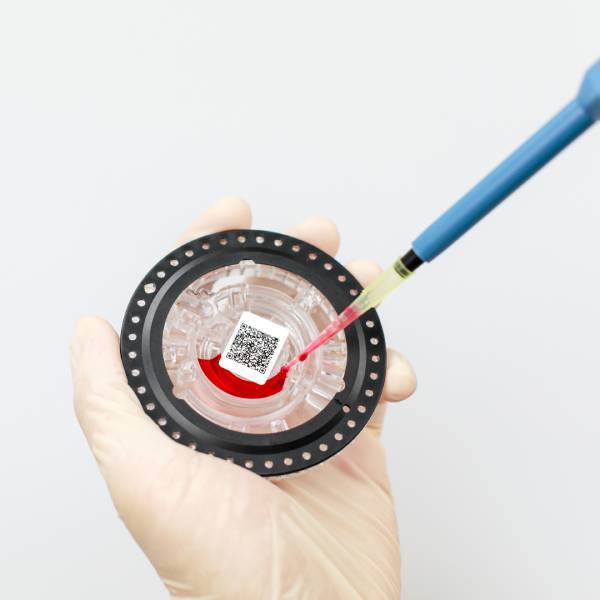release time:2021-10-18 16:46:31
To regularly clean the colorimetric pool and pipeline with biochemical cleaning solution. This is because proteins and lipids in the serum tend to adhere to the tubing. Trace of lipid deposition can make the colorimetric pool appears difficult to drive away the bubbles. This leads to errors in test results.


2022-07-25
There are many different types of biochemistry analyzers available on the market. Each type of analyzer has its own unique features and benefits. Here is a look at some of the most popular types of biochemistry analyzers:

2022-07-12
Point-of-care clinical chemistry (POCT) is a fast-growing field in healthcare. It offers many benefits to patients and providers alike. This blog post will provide an overview of POCT clinical chemistry, including its history, applications, and key considerations for implementing it in your practice. Stay tuned for future posts that will delve into specific aspects of POCT!

2021-08-23
The performance of in vitro diagnostic reagents is mainly reflected in three aspects.1. Analytical performance: It mainly includes precision, accuracy, sensitivity, specificity, linear range and other performance of reagents.2、Diagnostic performance: the sensitivity and specificity of the detected substances.3、Stability: the validity period, transportation stability, open bottle stability, and accelerated stability of reagents.